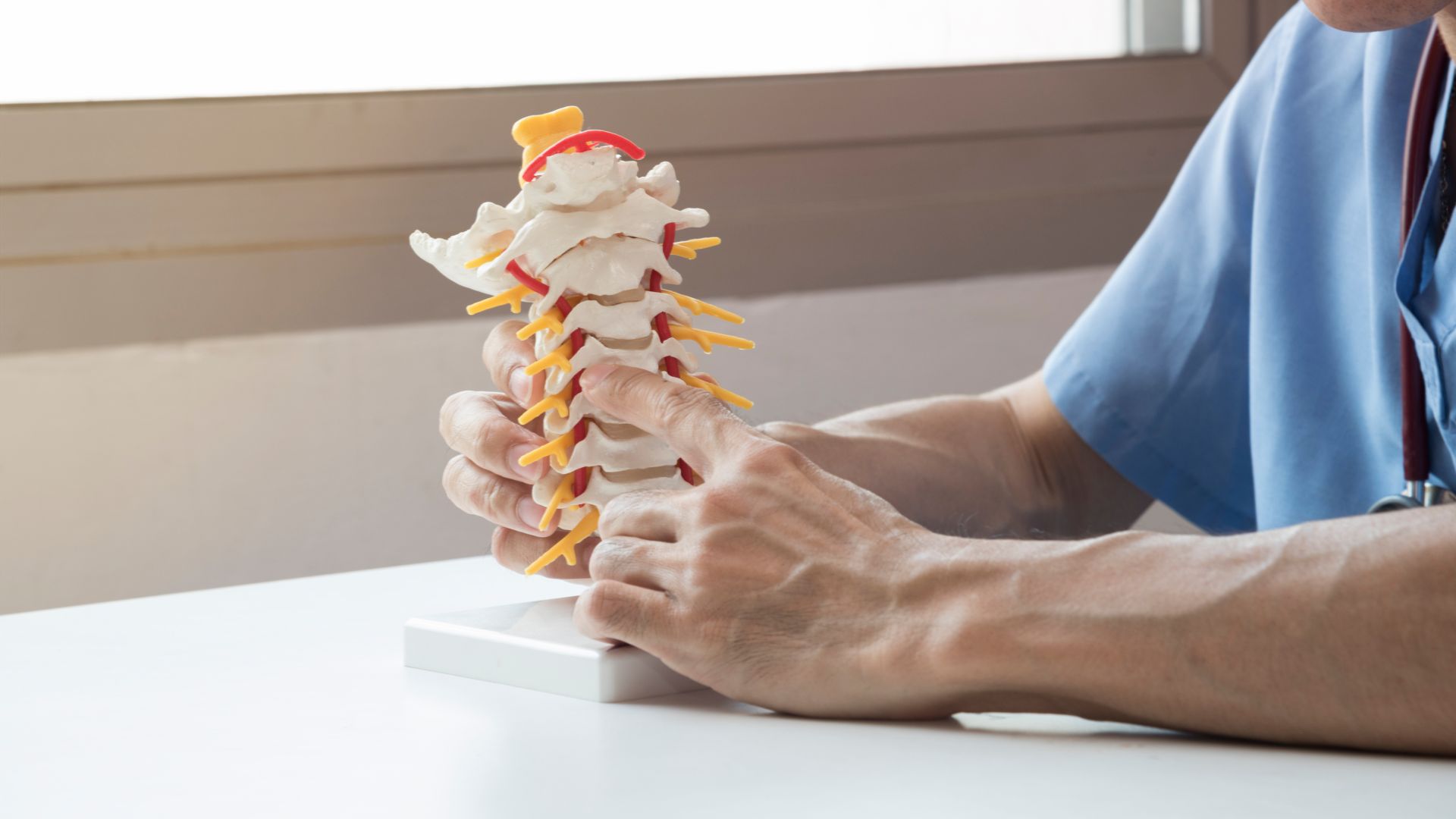Depending on the reason, neck pain can persist anywhere from days to years. Osteoarthritis, spinal stenosis, ruptured discs, pinched nerves, emotional and physical stress and strain, poor posture, malignancies, and other health issues are among the most common causes.
What is neck pain?
Neck pain is pain in or around the cervical spine, which is the spine beneath your head. Neck discomfort is a typical sign of a variety of injuries and illnesses.
You could suffer from axial neck pain (pain felt primarily in the neck) or radicular neck pain (pain shoots into other areas such as the shoulders or arms). It can be acute (lasting days to weeks) or chronic (lasts longer than 3 months to years).
If left untreated, neck pain can disrupt everyday activities and lower your quality of life.
Who is affected by neck pain?
Neck pain is a daily thing. At least once a year, it affects one out of every three people. It affects more women than males, and your chances of getting it rise as you become older.
What does neck pain feel like?
Some people describe the pain as follows:
- A persistent ache.
- A stabbing or burning pain.
- Increased sensitivity to mild pressure applied to neck.
- Neck pain plus headache and numbness or tingling in one or both arms.
- Increased tension/tightening in the muscles in the neck.
What are the possible causes of neck pain?
Neck pain can be caused by a variety of medical conditions and injuries. Neck pain can be caused by the following conditions:
- Aging – As you get older, degenerative conditions like osteoarthritis (wearing down of joint cartilage) and spinal stenosis (narrowing of spinal spaces) can cause neck pain. Stress and motion can cause disc degeneration in the spine, resulting in a herniated disc or pinched nerve.
- Injury – Pain and soreness can result from whiplash, which is caused by a quick forced movement of the neck or head followed by a rebound in the opposite direction. Trauma injuries can affect the muscles, ligaments, discs, vertebral joints, and nerve roots in the neck’s spinal cord.
- Mental stress – Neck pain and stiffness are frequently caused by tension tightening your neck muscles.
- Physical strain – Neck stiffness and soreness can result from overusing your neck muscles during repetitive tasks or severe activity.
- Conditions that affect spinal balance – Being overweight, having weak abdominal muscles, and having bad posture (sitting for long periods of time; improper computer/keyboard/chair location) can all impact spine posture and contribute to neck pain.
- Growths – Neck pain can be caused by tumours, cysts, and bone spurs in rare situations.
- Other health conditions – Meningitis, rheumatoid arthritis, cancer.
How is neck pain diagnosed?
A physical exam and medical history are used by doctors to identify neck pain. To locate pain and motion concerns, your doctor will feel and move your neck. Your physical strength and reflexes are also tested by doctors. Your doctor will inquire about any prior neck problems, such as whiplash or a herniated disc. Your doctor may inquire about your job or other activities that could cause neck pain.
Your doctor may employ imaging tests such as X-rays, magnetic resonance imaging (MRI), or computed tomography to determine the origin of your discomfort (CT). These tests can reveal damage to your neck’s bones and surrounding tissues, as well as other concerns.
Electromyography, nerve conduction studies, myelogram, and/or nerve root block are some of the other tests your doctor may request. These examinations examine the discs in the spine, the spine itself, the function of nerves and muscle reaction, and the source of the pain in greater detail.
How is neck pain managed or treated?
Neck pain treatment differs based on the cause. Its goal is to ease pain while also improving function. The following are common treatments for this symptom:
- Nonsteroidal anti-inflammatory medications (NSAIDs) are used to relieve pain and inflammation, and muscle relaxants are used to aid the healing process.
- Physical therapy is a type of treatment (exercises to stretch and strengthen muscles and tendons in the neck).
- Transcutaneous electrical nerve stimulation (TENS) works by interrupting the pain signal with a low-level electrical current administered to the skin near the nerves that cause the pain.
- Inflatable devices are used to provide traction to reduce discomfort.
- To help ease pain and inflammation, steroid injections near the nerve roots are used.
- Surgery to repair or fuse some vertebrae in the spine after they have been crushed or injured.
For detailed advice on your Neck Pain, please contact Simply Align Rehab Physio in Scarborough/Toronto at simplyalignrehab.com, or phone or text us at (416) 628-8554 for your Physiotherapy or Chiropractor needs in Toronto.




